Welcome to the world of ProtoTech Machining, where we bridge ideas with reality through the marvels of modern engineering. One of the star players in our technological ensemble is CNC Prototype Machining. If you’ve ever wondered how intricate components, precise tools, or detailed prototypes come to life, you’re about to get a glimpse into this fascinating process.
CNC Prototype Machining Defined
CNC, which stands for Computer Numerical Control, refers to a process used in the manufacturing sector that involves the use of computers to control machine tools. Tools that can be controlled in this manner include lathes, mills, routers, and grinders.
When we talk about CNC Prototype Machining, we are referring to the use of CNC technology to produce a physical part or model from digital design data, often for testing, validation, or as an initial sample before mass production. It offers a fast turnaround, high accuracy, and the ability to use a wide range of materials.
How Does CNC Prototype Machining Work?
- Digital Design: Every CNC prototype begins its journey as a digital model. Designers or engineers use CAD (Computer-Aided Design) software to create a detailed 3D design of the part or product.
- Conversion to Machine Language: Once the design is finalized, it’s converted into a set of specific instructions through CAM (Computer-Aided Manufacturing) software. This creates a program that the CNC machine can interpret.
- Setting Up the CNC Machine: Before the machining starts, the selected material is loaded into the CNC machine. The machine tools are also set, calibrated, and aligned to ensure precision during the operation.
- Machining Process: Following the digital instructions, the CNC machine begins its job. Whether it’s cutting, grinding, drilling, or another process, the machine executes with a level of precision that would be extremely challenging for manual operations.
- Post-Processing: Once the machining process is completed, the prototype might undergo additional finishing processes like polishing, painting, or assembly, depending on the requirements.
Benefits of CNC Prototype Machining
- Precision & Accuracy: CNC machines follow digital blueprints to the letter, ensuring parts are made to exact specifications.
- Efficiency: Once set up, CNC machines can work without interruption, reducing errors and increasing production speed.
- Material Versatility: Whether it’s metals, plastics, wood, or other materials, CNC machining can handle a wide variety.
- Cost-Effective: For prototyping, CNC machining can often be more cost-effective than other methods, especially for complex or unique parts.
CNC Prototype Machining is an essential part of modern manufacturing. It’s a bridge between the digital design world and tangible products, enabling industries from aerospace to healthcare to bring their innovations to life.
At ProtoTech Machining, we pride ourselves on harnessing the full potential of CNC technology, ensuring that every prototype we produce meets the highest standards of quality and precision. Whether you’re an inventor, an engineer, or simply curious about the manufacturing process, we hope this peek into CNC prototyping has given you valuable insights. Welcome to the future of manufacturing!








